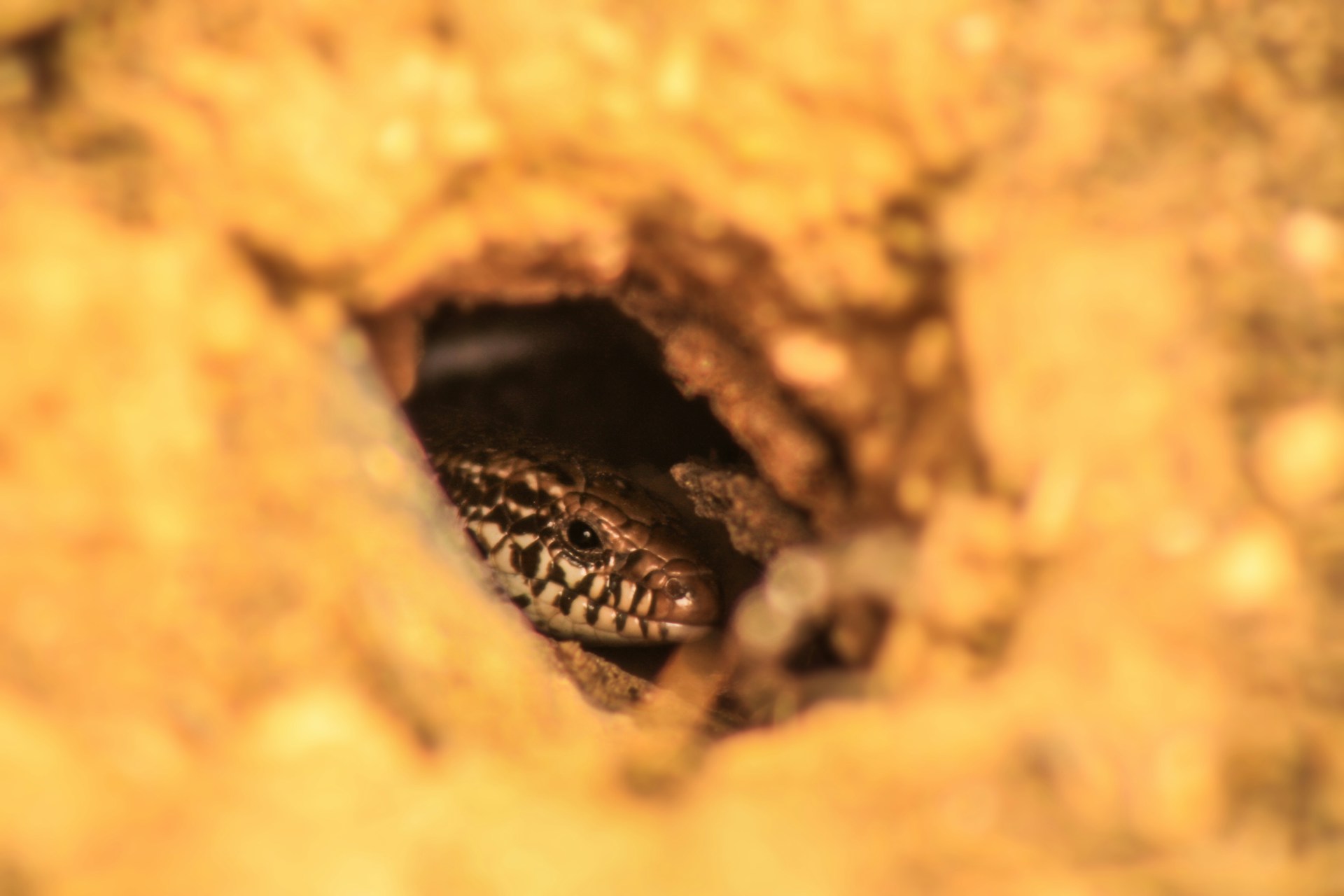Many creatures in the animal kingdom display remarkable adaptability when it comes to finding shelter. Among these resourceful animals are certain snake species that have evolved a fascinating strategy: taking over abandoned rodent burrows as their permanent homes. Rather than expending energy constructing their own shelters, these opportunistic reptiles have developed specialized behaviors and physical adaptations that allow them to efficiently utilize pre-existing underground networks. This ecological relationship between snakes and rodents creates an intriguing example of habitat succession that can span multiple generations of snake families. As we explore this phenomenon, we’ll discover how these adaptations benefit snake populations, impact local ecosystems, and demonstrate the remarkable ingenuity of nature’s design.
The Underground Real Estate Market
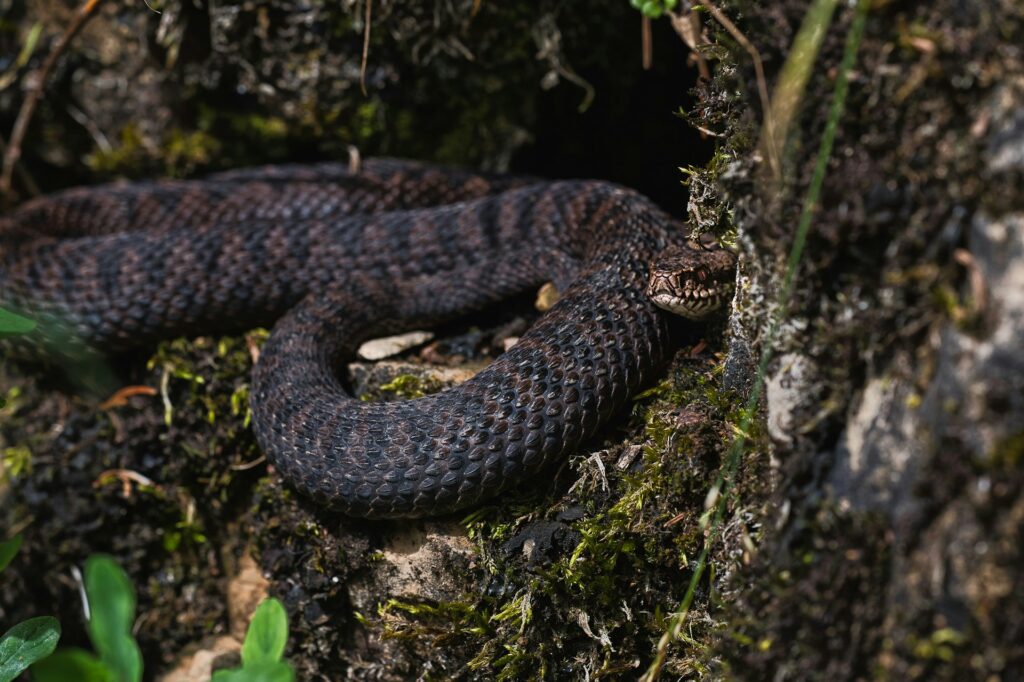
In the natural world, safe and suitable shelter is a premium commodity that animals compete for constantly. Rodents like ground squirrels, prairie dogs, and various rat species are nature’s primary excavators, creating elaborate tunnel systems that can extend several feet below ground with multiple chambers and exits. These burrows represent a significant investment of energy for their creators, often taking weeks or months to complete fully. When these original inhabitants abandon their homes due to predation, migration, or death, they leave behind valuable ready-made habitats. For snakes, which lack the physical adaptations for digging complex tunnels, these abandoned burrows become prime real estate opportunities that require minimal modification before occupancy.
Snake Species That Prefer Borrowed Homes
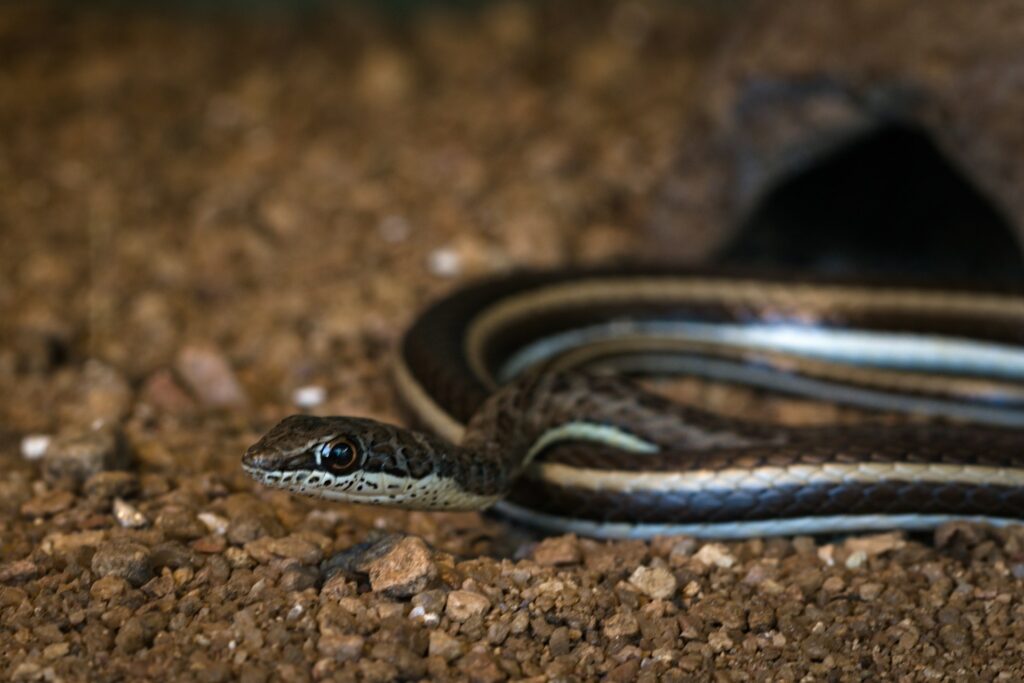
While many snake species might temporarily use rodent burrows for shelter, certain species have evolved to depend on them almost exclusively. The gopher snake (Pituophis catenifer) is perhaps the most well-known burrow adopter, with its very name reflecting its close association with gopher tunnels it frequently inhabits. Rattlesnakes, particularly the prairie rattlesnake (Crotalus viridis) and the western diamondback (Crotalus atrox), regularly utilize abandoned prairie dog towns as permanent residences. Bull snakes, king snakes, and various species of rat snakes also display this behavior throughout their range. In Australia, the eastern brown snake (Pseudonaja textilis) is known to establish permanent residence in abandoned rabbit warrens and other mammal burrows, sometimes maintaining these homes across multiple generations of snakes.
Evolutionary Advantages of Burrow Adoption

The practice of taking over existing burrows provides numerous evolutionary advantages for these opportunistic reptiles. Perhaps most importantly, it represents an enormous energy conservation strategy—digging is metabolically expensive, especially for animals without specialized digging appendages. By adopting ready-made structures, snakes can redirect that saved energy toward growth, reproduction, and hunting. These burrows also offer consistent protection from extreme temperatures, as underground environments maintain relatively stable conditions compared to the surface. During winter months in temperate regions, these adopted homes serve as crucial hibernation chambers, allowing snakes to survive below the frost line. Additionally, established burrow systems often feature multiple entrances and exits, providing escape routes from potential predators that single-entrance shelters would not offer.
Physical Adaptations for Burrow Living
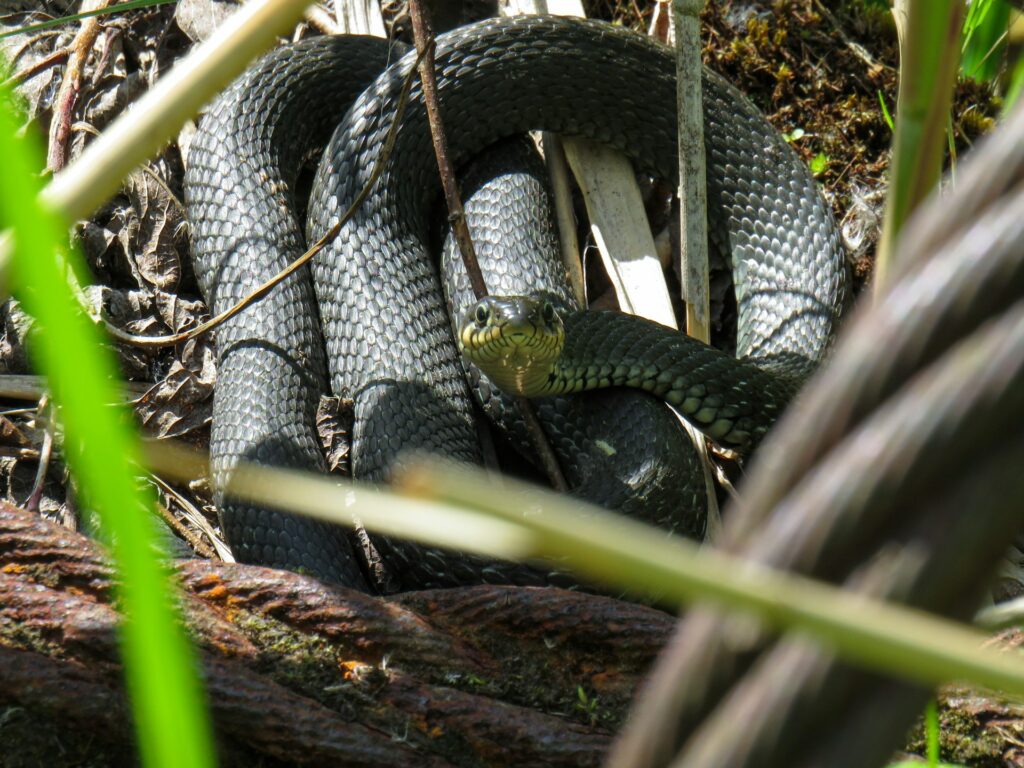
Snakes that specialize in inhabiting rodent burrows often display subtle physical adaptations that make them particularly suited for this lifestyle. Many burrow-dwelling species have evolved reinforced skull structures and slightly pointed snouts that allow them to push through loose soil and expand tight passageways without injury. Their scales, particularly around the head and neck regions, are often smoother and more tightly overlapping to reduce friction when navigating narrow tunnels. Some species possess specialized ventral scales that provide better traction on the sloped surfaces commonly found in burrow entrances. These adaptations, while not as extreme as those seen in truly fossorial (burrowing) snakes, nonetheless demonstrate how natural selection has shaped these opportunistic reptiles to better utilize their adopted homes across generations.
Modifications and Maintenance
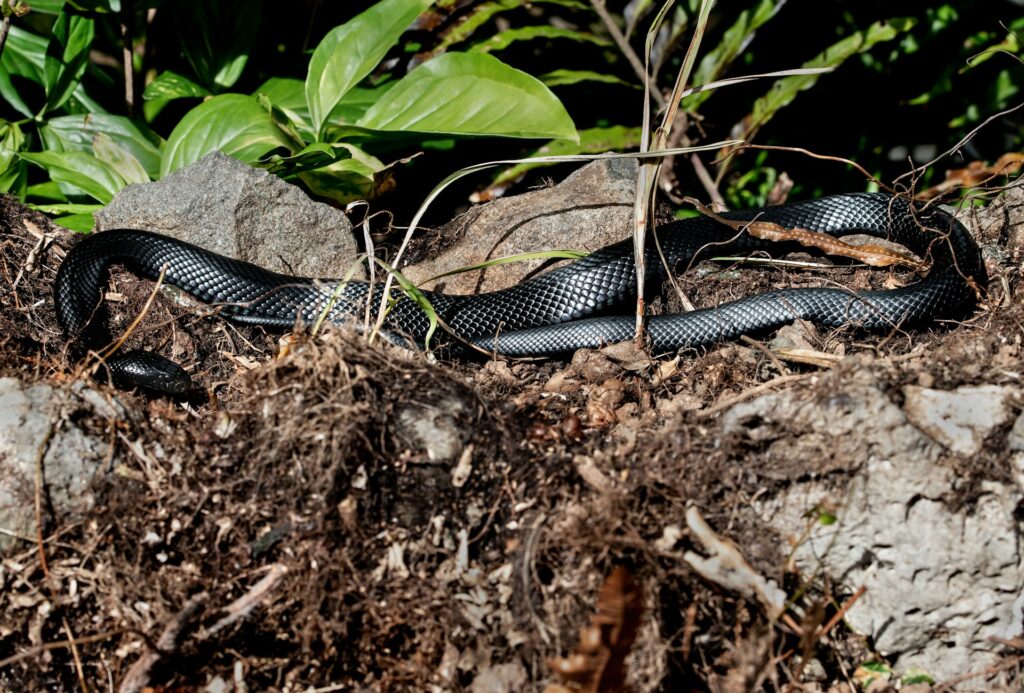
While snakes primarily adopt burrows as-is, they don’t simply move in without making some modifications to suit their specific needs. Many species will clear debris and shed skins from the main chambers, creating clean living spaces that reduce parasite loads and improve mobility. In burrows with multiple chambers, snakes often establish separate areas for different purposes—one chamber might serve as a basking antechamber near the entrance, while deeper chambers provide security during vulnerable periods like shedding or digestion. Some species, particularly larger constrictors, may even expand narrow passageways by repeatedly pushing against the walls with their muscular bodies over time. Intriguingly, research has documented that many burrow-adopting snakes perform regular maintenance, clearing fallen debris and maintaining entrance integrity after heavy rains, demonstrating a level of habitat management behavior not commonly associated with reptiles.
Multigenerational Occupancy Patterns
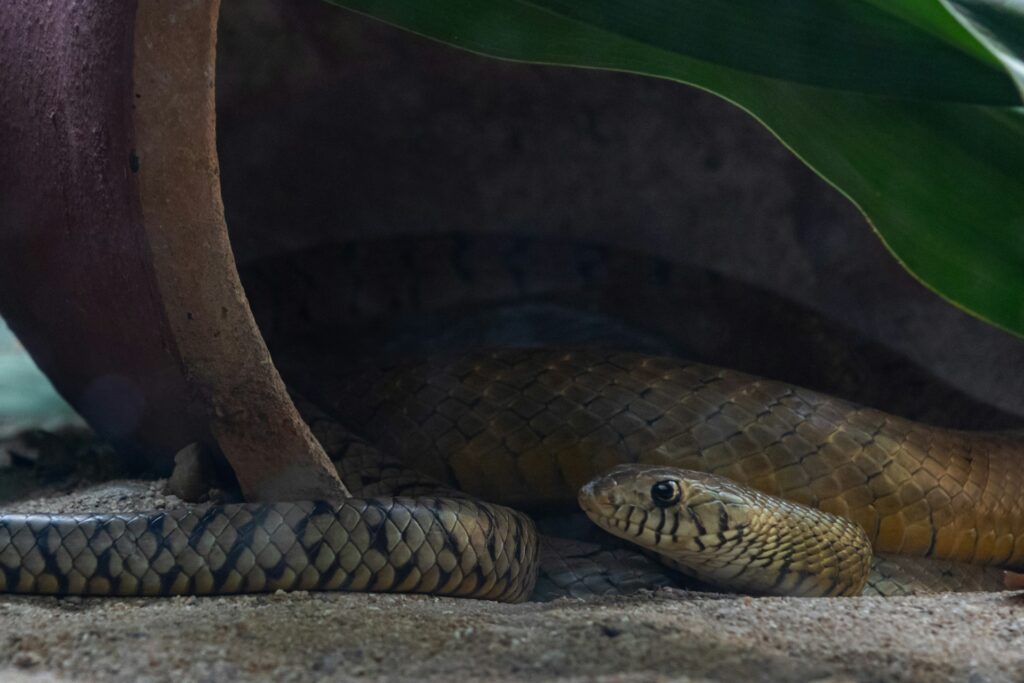
One of the most fascinating aspects of snake burrow adoption is the potential for multigenerational occupancy of the same structure. Once a snake establishes a burrow as its territory, chemical cues from skin secretions and waste products mark the area as occupied. Rather than deterring other snakes, these chemical signatures often attract related individuals, particularly offspring born to females who used the burrow as a nursery. Research using radio telemetry has shown that juvenile snakes often return to their birth burrows after initial dispersal, creating family lineages associated with particular burrow systems. In some cases, archaeologists and herpetologists have documented burrow systems continuously occupied by successive generations of the same snake species for decades, with modifications and expansions occurring over time that reflect the accumulated effects of multiple occupants.
The Perfect Predatory Setup
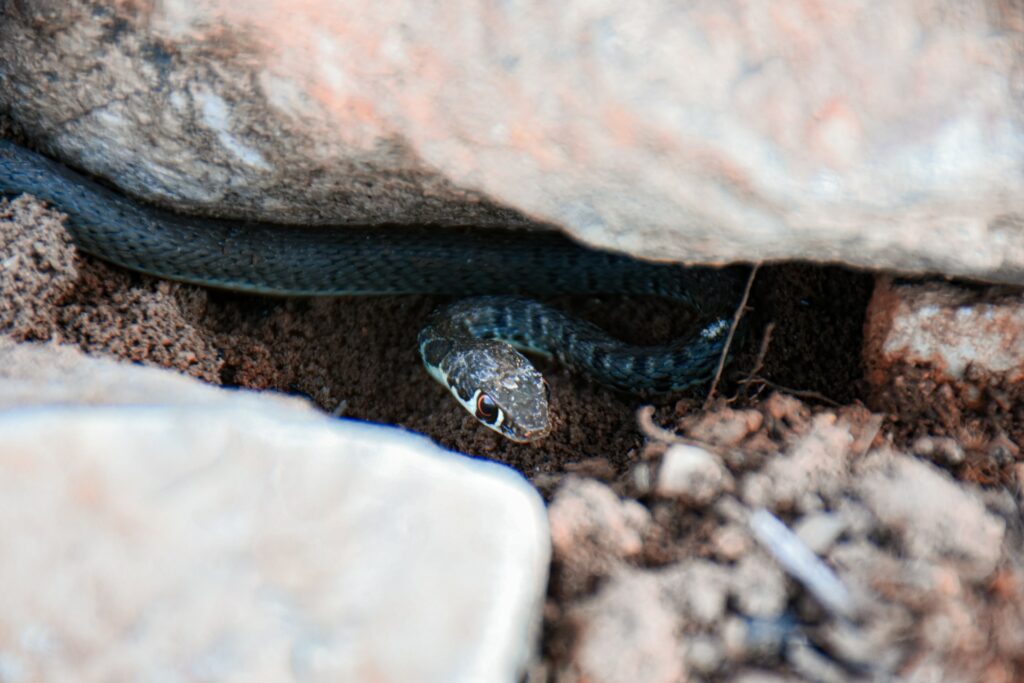
Adopting rodent burrows provides snakes with the perfect ambush hunting opportunity, creating a predatory strategy known as “sit-and-wait” ambush. By occupying former rodent homes, snakes position themselves along established rodent travel corridors where new generations of mice, rats, and other small mammals will inevitably pass. Many burrow-adopting snake species have evolved to detect the vibrations of approaching rodents through their jawbones placed against the ground, allowing them to prepare for an ambush before prey ever enters their visual field. For venomous species like rattlesnakes, the burrow entrance provides a perfect striking position, with the snake concealed in shadow while potential prey is exposed in daylight. This strategic hunting advantage is so significant that some populations of burrow-adopting snakes have shown higher average body conditions compared to members of the same species that don’t utilize this technique.
Seasonal Patterns of Burrow Usage

The way snakes utilize their adopted burrows follows distinct seasonal patterns that reflect changing environmental conditions and biological needs. During spring breeding seasons, male snakes often travel between multiple burrow systems seeking receptive females, while females tend to remain sedentary within their established homes. Summer months typically see the most active modification and maintenance of burrows, with snakes regularly emerging to bask but retreating underground during the hottest parts of the day. Fall brings preparation behaviors, with some species dragging plant material into deeper chambers for additional insulation, while others focus on last-minute feeding before winter dormancy. Winter usage patterns vary dramatically by region—in colder climates, snakes may remain completely inactive in deep hibernation chambers, while in warmer regions, they might emerge on sunny days to thermoregulate before returning to their underground sanctuaries.
Ecological Impacts of Burrow Succession
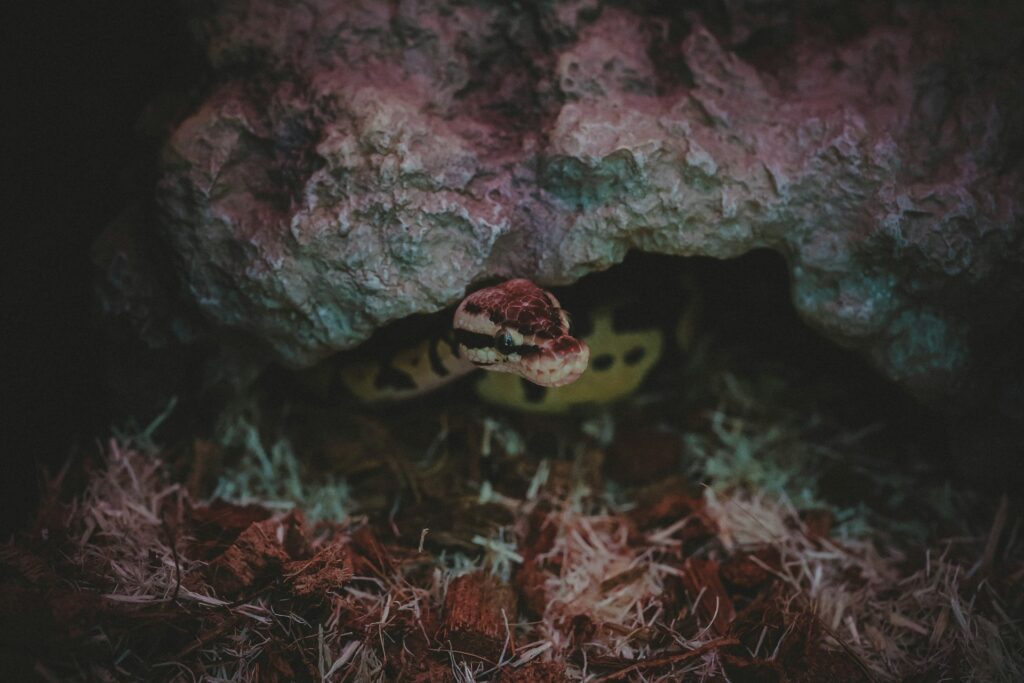
The succession of rodent burrows by snakes creates ripple effects throughout local ecosystems that ecologists are only beginning to fully understand. When snakes occupy abandoned burrow systems, they effectively extend the functional lifespan of these underground structures, preventing them from collapsing and maintaining them as habitat features for other species. Small invertebrates, amphibians, and even other reptiles often share portions of these maintained burrow systems, creating microhabitat communities underground. The presence of snake occupants also changes decomposition patterns within the burrow, as shed skins, waste products, and occasional prey remains create nutrient hotspots that influence soil chemistry and microorganism populations. Additionally, by maintaining open burrow entrances, snakes facilitate water infiltration during rain events, potentially influencing local hydrology and plant communities in subtle but important ways.
Human Impacts and Conservation Concerns

Human activities pose significant threats to the delicate relationship between burrow-creating rodents and the snakes that later adopt their homes. Agricultural practices like deep plowing and rodent control destroy countless burrow systems annually, eliminating both current and potential future snake habitat. Urban development frequently targets the well-drained, stable soils preferred by burrowing mammals, further reducing available habitat. Climate change poses another threat, as more frequent extreme weather events like flooding can inundate established burrow systems, while prolonged droughts may reduce rodent populations and thus future burrow creation. Conservation efforts focused on these habitat succession relationships have begun emphasizing the preservation of entire ecological processes rather than just individual species, recognizing that protecting burrowing mammals today ensures habitat for burrow-adopting snakes tomorrow.
Research Challenges and New Technologies

Studying underground snake behavior presents unique challenges that researchers have only recently begun to overcome with innovative technologies. Traditional radio telemetry provides location data but offers limited insights into actual behaviors occurring below ground. Modern developments like miniaturized infrared cameras mounted on flexible probes now allow scientists to observe snake behaviors within burrows non-invasively for the first time. Ground-penetrating radar helps map complex burrow systems without excavation, while environmental DNA sampling from soil around burrow entrances can identify current and previous occupants through genetic material. Some research teams have even developed artificial burrow systems with transparent viewing panels that, when placed in natural settings, are readily adopted by wild snakes, providing unprecedented observation opportunities. These technological advances are revealing previously unknown aspects of burrow succession and maintenance behaviors that help explain how these complex relationships have evolved over time.
Cultural Significance and Human Interactions

The relationship between snakes and burrows has not gone unnoticed in human cultures, particularly among indigenous peoples who closely observe natural patterns. Many Native American tribes incorporated the burrow-adopting habits of snakes into their mythology, often portraying these reptiles as clever opportunists rather than industrious builders. In agricultural communities worldwide, farmers have long recognized the pattern of snake occupation following rodent abandonment, leading to diverse cultural practices around field management. Some traditional farming methods in Asia include deliberately creating artificial burrows at field edges to attract snakes as natural rodent control. In contrast, the association between abandoned burrows and snakes has fueled phobias in other contexts, with many outdoor recreation safety guides warning hikers to avoid investigating abandoned animal holes specifically because of potential snake inhabitants. These cultural perceptions continue to influence human-snake interactions and conservation attitudes today.
Future Research Directions
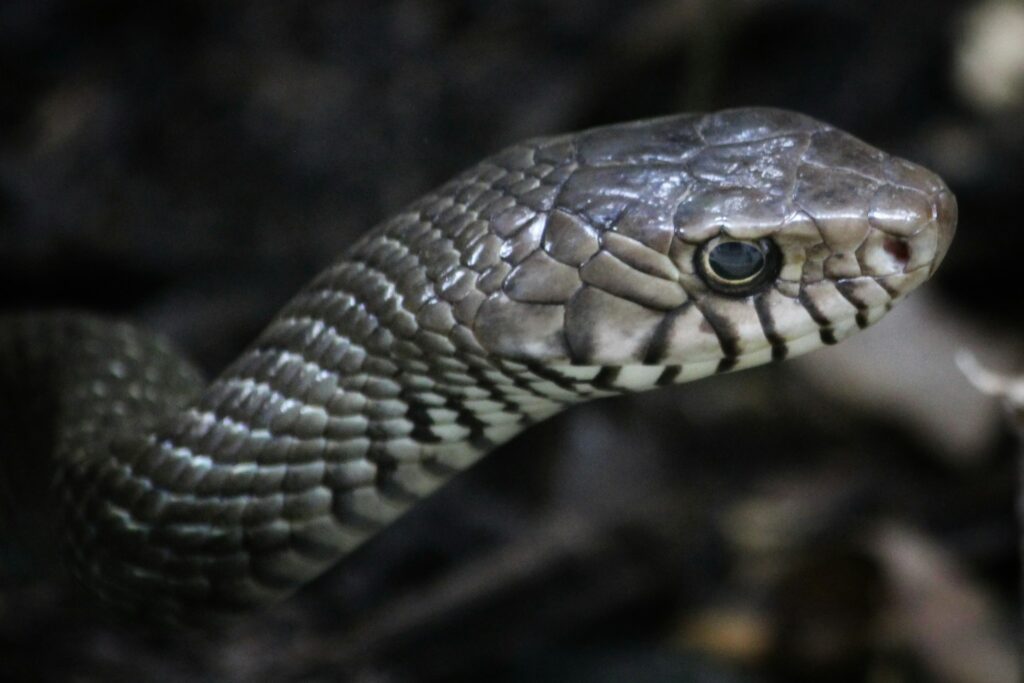
The study of burrow adoption by snakes represents a growing research frontier with many unanswered questions awaiting investigation. Scientists are particularly interested in understanding the sensory mechanisms that allow snakes to identify suitable abandoned burrows versus those that remain occupied or are structurally unstable. Chemical ecology studies aim to identify the specific compounds in snake skin secretions that mark territories and potentially attract related individuals to established burrow systems. Long-term monitoring projects using new technologies seek to document exactly how these burrow systems evolve physically over multiple generations of snake occupation. Climate change adaptation research focuses on whether these species can adjust their burrow selection and modification behaviors in response to changing environmental conditions. As research techniques continue advancing, our understanding of these remarkable habitat succession relationships will undoubtedly reveal even more complex and fascinating aspects of snake ecology.
Conclusion
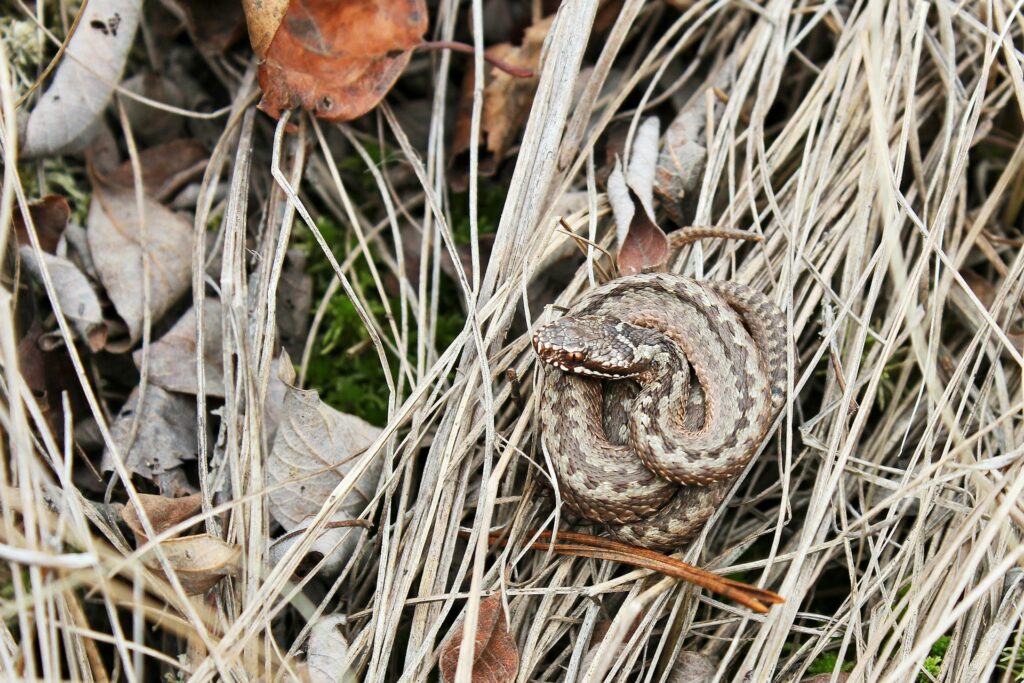
The remarkable adaptation of snakes to utilize abandoned rodent burrows represents a masterclass in evolutionary efficiency and ecological opportunism. By taking advantage of the engineering work of other species, these reptiles have developed specialized behaviors and physical characteristics that allow them to thrive in underground environments across generations. This relationship highlights the interconnectedness of species within ecosystems and demonstrates how the actions of one animal group can create habitat opportunities for others. As human activities continue to transform landscapes worldwide, understanding and preserving these complex ecological relationships becomes increasingly important. The story of burrow-adopting snakes reminds us that in nature, resourcefulness often proves as valuable as the ability to create from scratch—a lesson in sustainability that resonates across the natural world.

